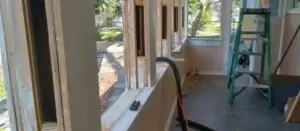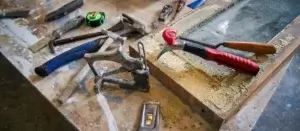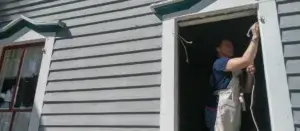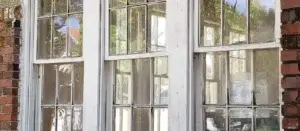Having been thinking for years about what kind of person I need to hire to help with the work at Wood Window Makeover, I am starting to come to some conclusions.
Hire to help – that’s an interesting thought. Let’s stop there for a second. What would help look like? What would be helpful? Lots of people would want to help. Everyone likes helping. But not all help is equal.

Not all help is helpful. It would have to be someone to help with the work. The work? We’d have to define that too, and that’s been a stumbling block for me because when I talk about it, what I am talking about and what what people are hearing are often two different things. Help me with the work. Will your version of carpentry be helpful? Your version of painting? We need to describe the work. What is the work? My thinking lately describes it as a blend of woodworking or carpentry with finish painting and protecting work, fused together to bring old windows back to life, back to full functionality and beauty. (Keep reading, because this changes). But that honestly isn’t specific enough.
Compare Historic Window Work To Entry Doors
Is this such a hard concept? Lets look at it from a different, yet closely related perspective.
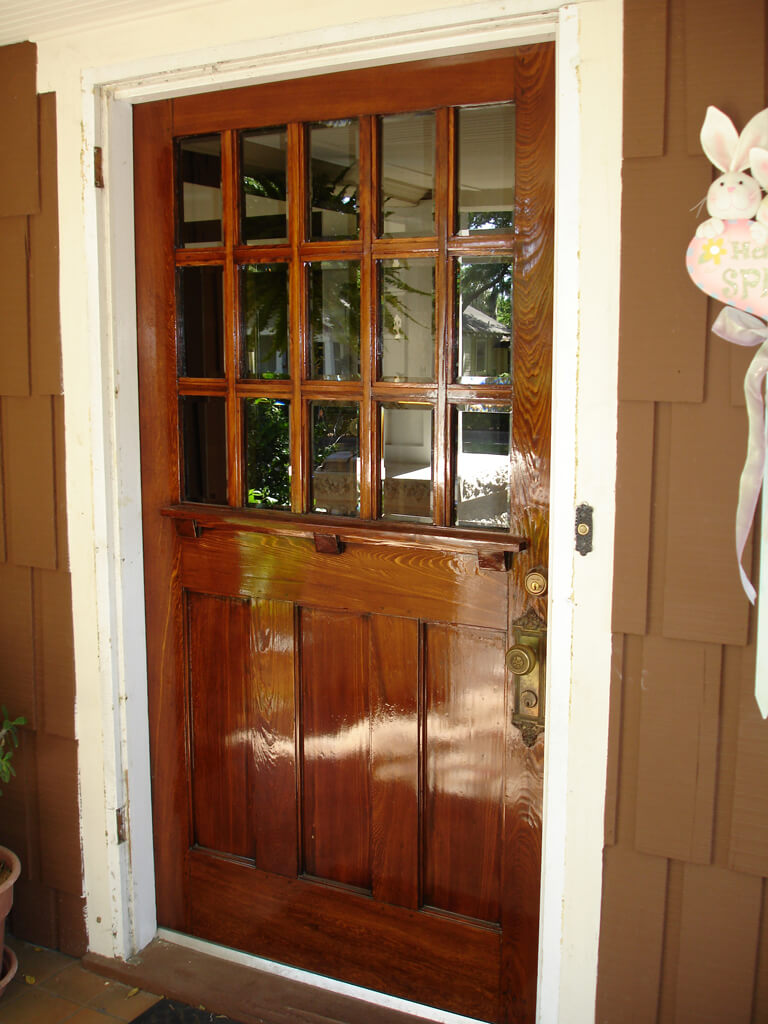
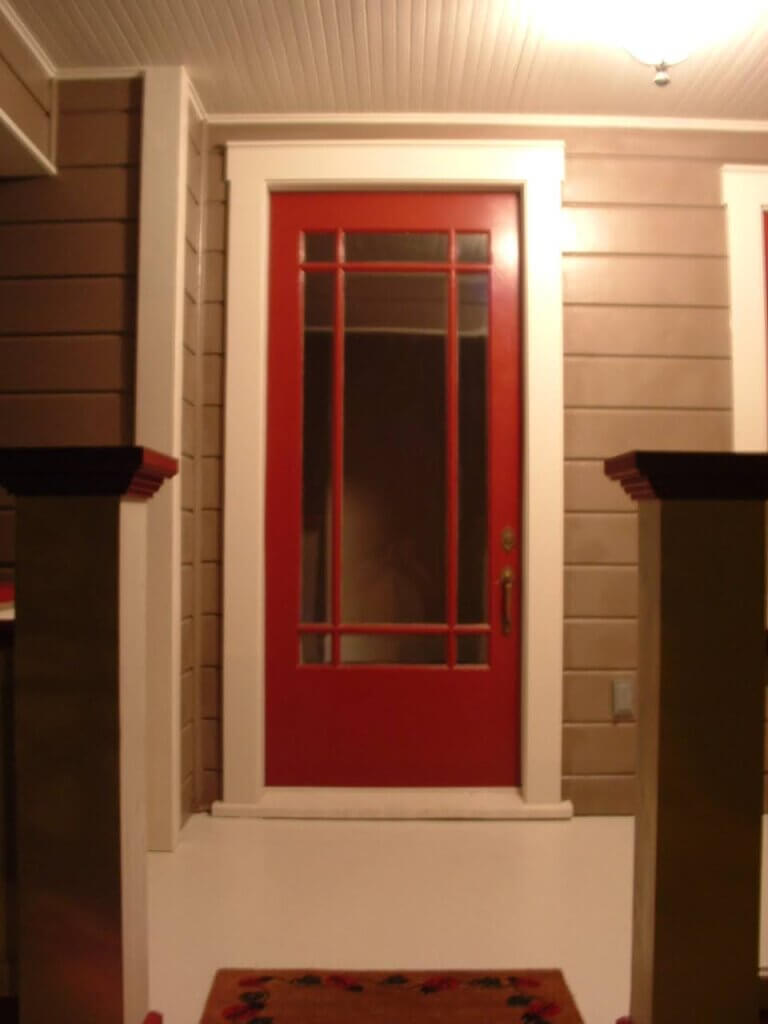
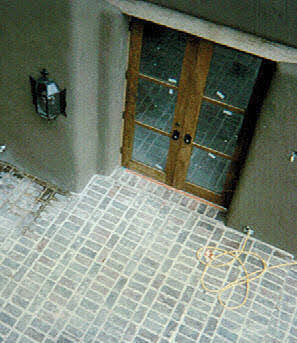
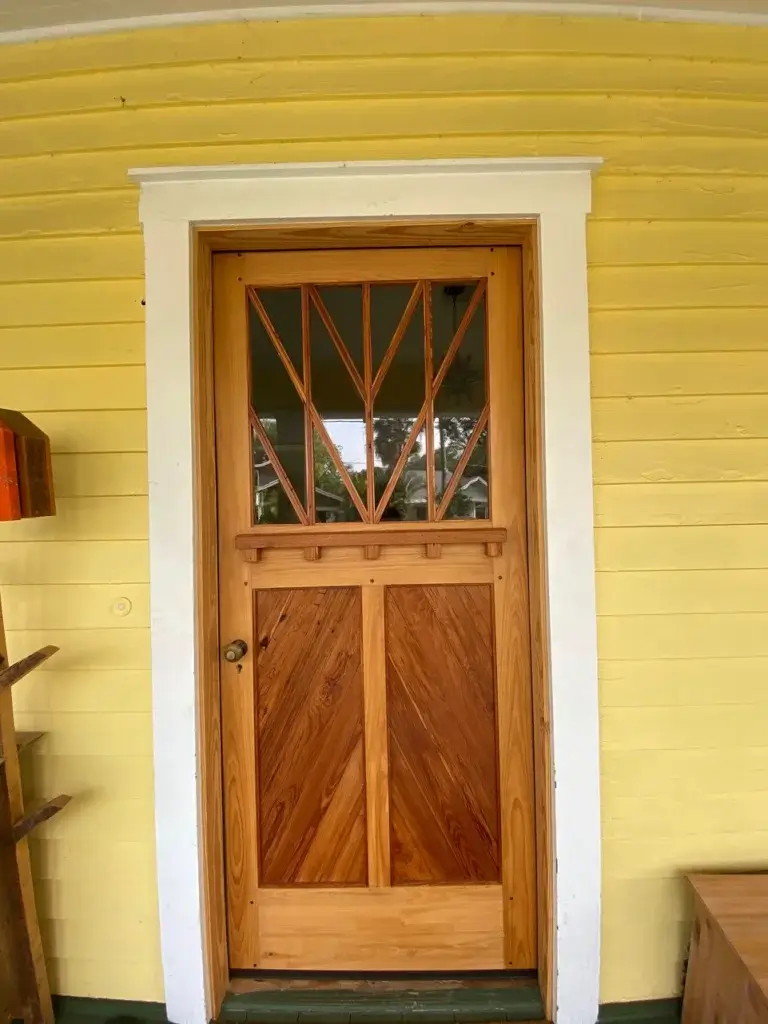
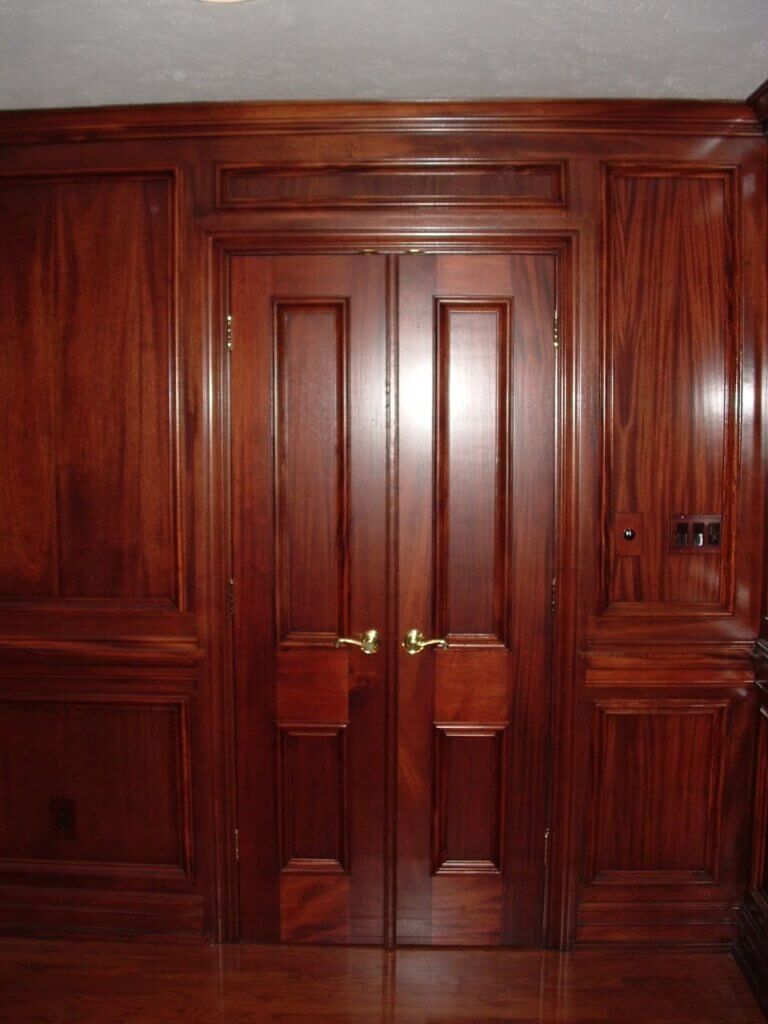
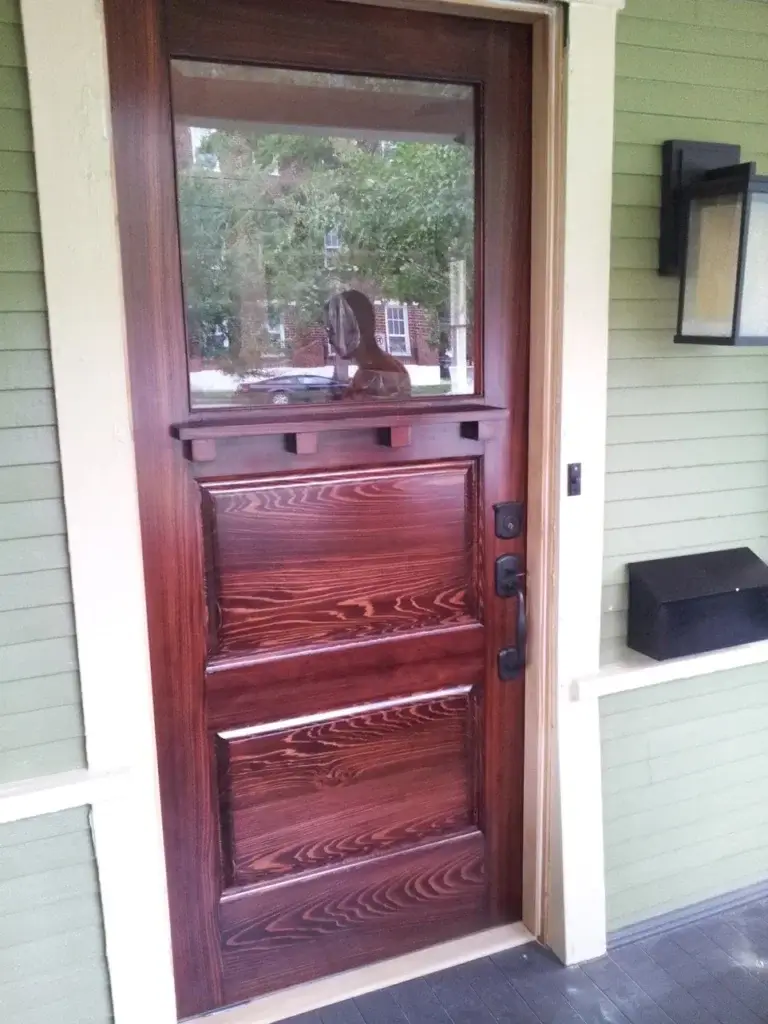
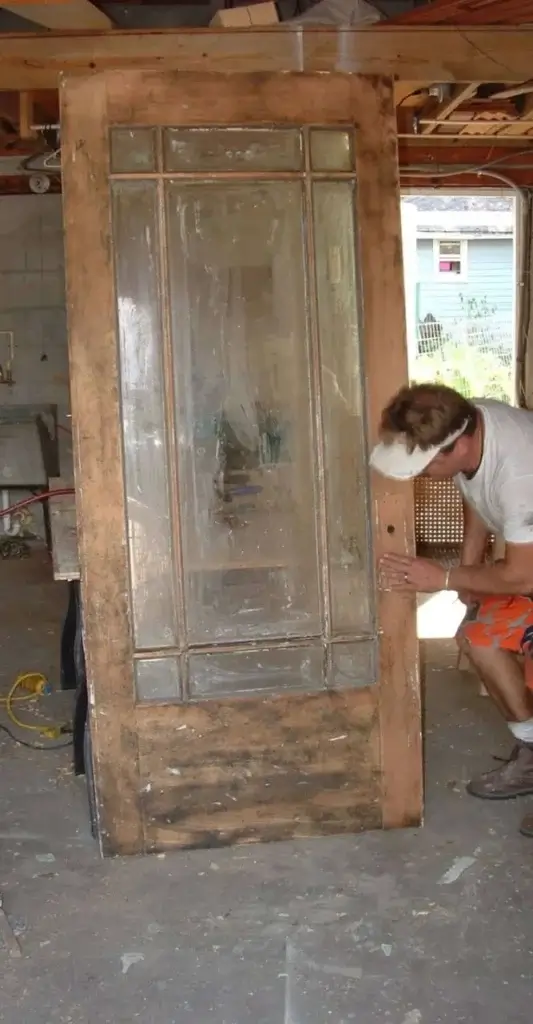
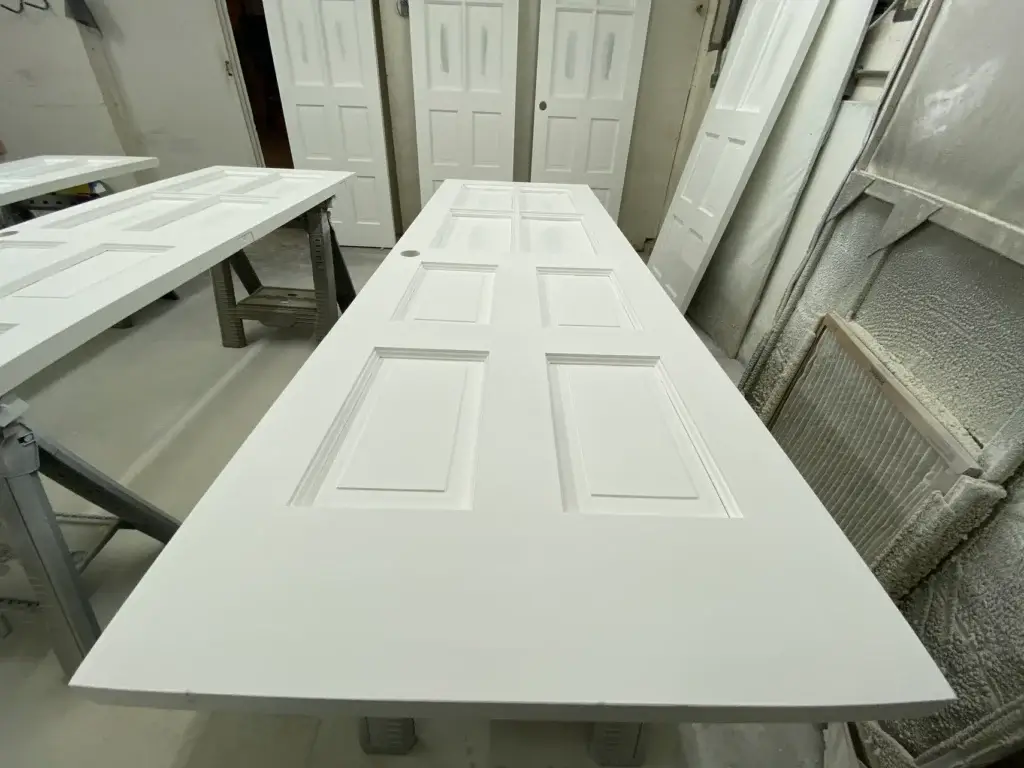
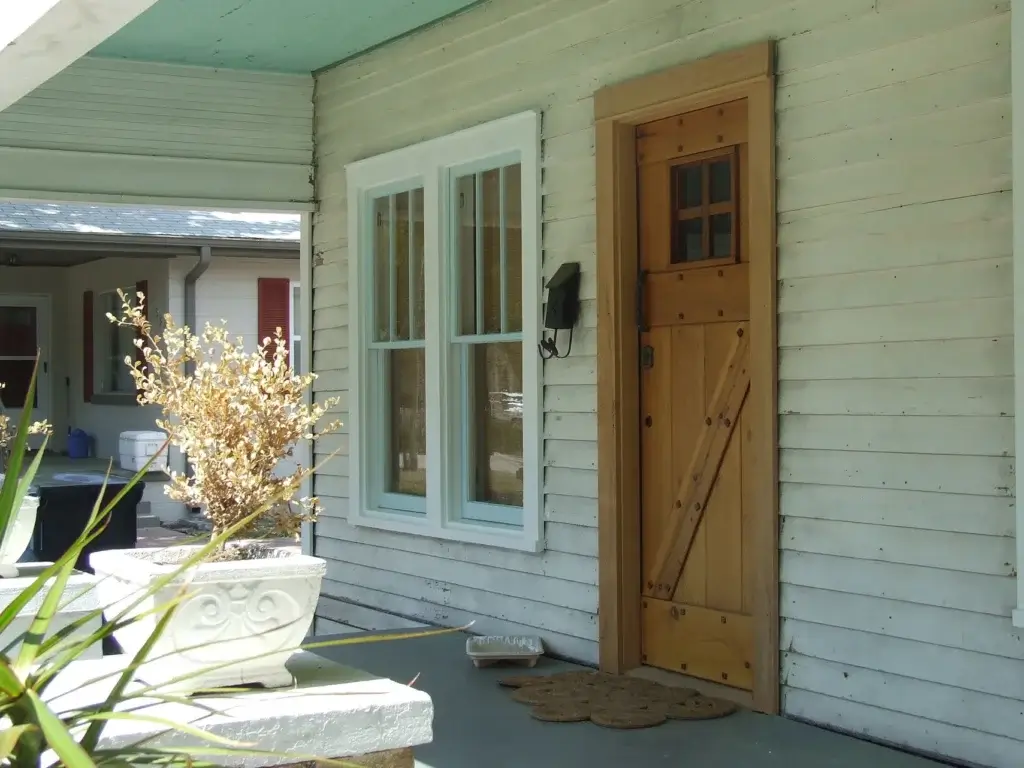
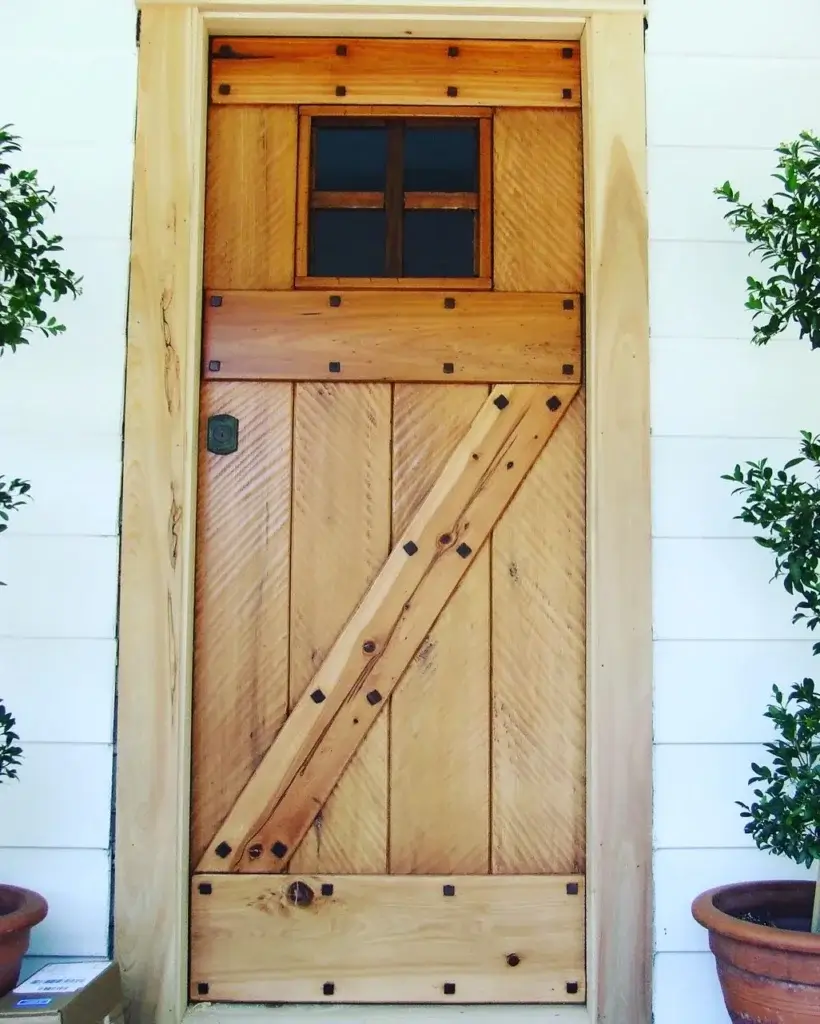
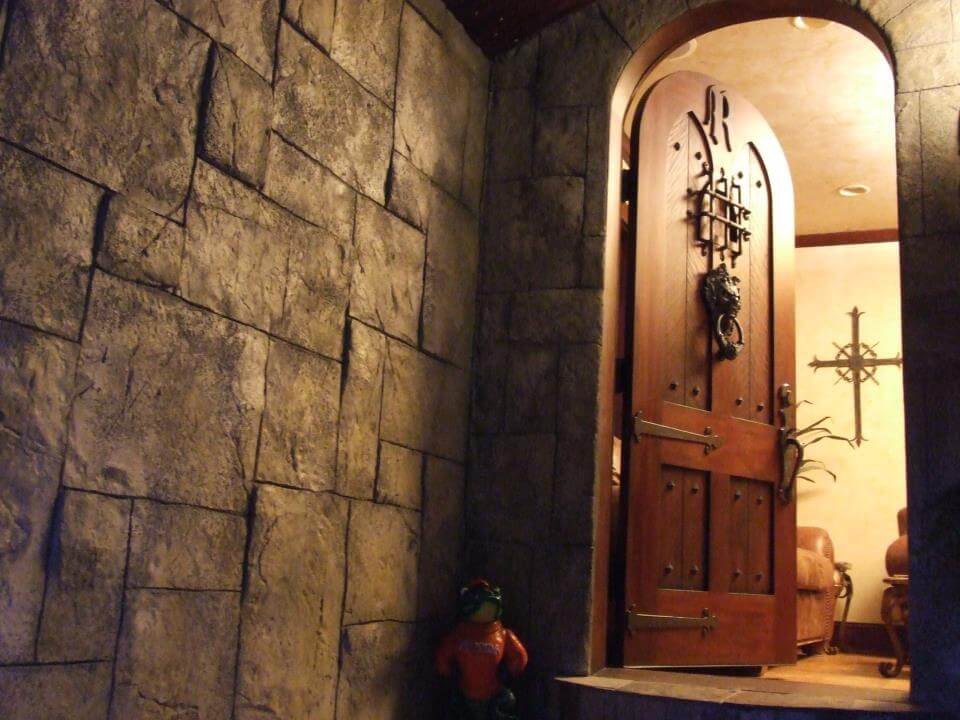

People install doors. All kinds of doors but particularly special are entry doors. Would someone install a nice, brand new, custom entry door and leave it unfinished? That’s what I am talking about. Of course someone finishes them. And when they finish them, what are they doing? They are both protecting the door and polishing it to make it as beautiful as possible. No? The paint finish has to perform by keeping the weather elements out, but it also has to look good. If the paint finish looks good but lets the weather in, then that paint finish is a failure.
The paint finish has to perform in two ways. It has to, as a first order of business, seal the weather out, lest the door be ruined before its time and second, it has to look the part. It has to be polished to the contextual expectation of the elements around it. It has to blend in, as a minimum. If the job is done very well, it will cause the elements around it to appear as though they now aren’t done well enough. It looks so good that the others now look bad in comparison. Yet again if it looks better than the others, but fails to keep the weather out, and the surrounding others, though they don’t look as good, do keep the weather out, the ones that don’t look as good are still better than the entry door that looks the part, but doesn’t actually play the part.
What happens if the carpentry is done and the painting is never completed? Or even begun? Nature runs its course and the carpentry simply begins to become unwound. This is the way of all the earth. The sun burns the face of the wood. The moisture in the air wicks in, causing expansion and contraction, warping and twisting, letting more moisture in, letting fungal spores in….
A carpenter, perhaps a door hanger variety or even a maker of doors works under the assumption that those who pay for the work, appreciate the work and will protect their purchase. If a carpenter is led to believe that someone will step in to complete the work, protect and perfect what has been built and installed, and the work is indeed not protected and perfected, will that carpenter not have a pang of discomfort in the conscience? Or would the carpenter say, “I have done what I was paid to do and now I wash my hands of it.”

Would a carpenter even enter the work of making a nice entry door for a client who intends to leave it bare and unfinished, leaning against a post in the yard, in the sun? In the rain? Let some vines grow up it then! And to what level of craftsmanship would this door be made, being made equal with a simple garden decoration? It need not function. It need not perform. It only has to have a “look.” Why invest one’s self then? Let a handyman do it. Throw something together that looks the part but lets not call it an entry door! Let it be made in China. Let it be made by a machine, a robot, a mindless mercenary, but not a handcrafted entry door made by an actual person living in the same city or nearby town.
What if there was no person to finish the carpenter’s masterpiece entry door? What then will the carpenter do? After all, he makes it under the assumption that it will indeed be finished by some qualified person. He, like all good carpenters wants his work to last.
The Artisan Carpenter vs. The Mercenary Carpenter
We must digress momentarily to point out the distinct difference between an Artisan Carpenter and a mercenary carpenter. An Artisan Carpenter is an explorer, a seeker, one who continually seeks to improve his ways, his techniques, his craft, because he knows who he is. He is an Actual Carpenter. It is in his blood and flows through his veins. Take away his tools, but his heart remains and will find his way.
Contrast that with his artisan imposter, the mercenary carpenter who has the look, knows the language, has the tools and maybe even the skills, but lacks the Artisan’s vision and heart. Unlike the Artisan Carpenter, a mercenary knows not who he is and capitulates to anyone putting food on his table (although in this sense a mercenary can absolutely be honorable), morphing and changing with the whims of whoever has the highest dollar. The mercenary is the one who completes the task assigned to him (mostly, kinda), washes his hands, collects the income and yet is not responsible for the outcome (the responsibility for the outcome is the assigner’s, having called the shots). He has done what he was paid to do in the way he was told to do it. Job is completed. There is a place for that.
The Artisan Carpenter sees work unfinished, unprotected and it pains him. He offers to finish the work, to protect it. This is better than no protection at all, and at the least it will be done with love. He will be thinking not only of the water entry points, but the thought, sweat and splinters that went into making it. He will be thinking of it’s continued beauty as he proceeds. He will study which method of work to apply before he even begins. He will improve with every movement, every stroke. He knows there are, perhaps, those who could do it better. But this, having been done with love, is better than most available mercenaries. Those who could do it better aren’t here anyway. He, however is. He feels the tug of responsibility. Every time he passes by he wonders at the results of his hands, and feels either pride and a job well done, or the guilt of knowing now what he didn’t know then, and the creeping horror of a potential failure peeking over his shoulder, yet learning the lessons of what he will improve at the next opportunity.
I Am That Artisan Carpenter
Is this not what happened to me with the windows? For I am an actual Artisan Carpenter. A good one indeed. I can fix a window, I can make it work. I can make one from scratch, install it and it will be indistinguishable from the originals, except that it will not show all the softness of age.
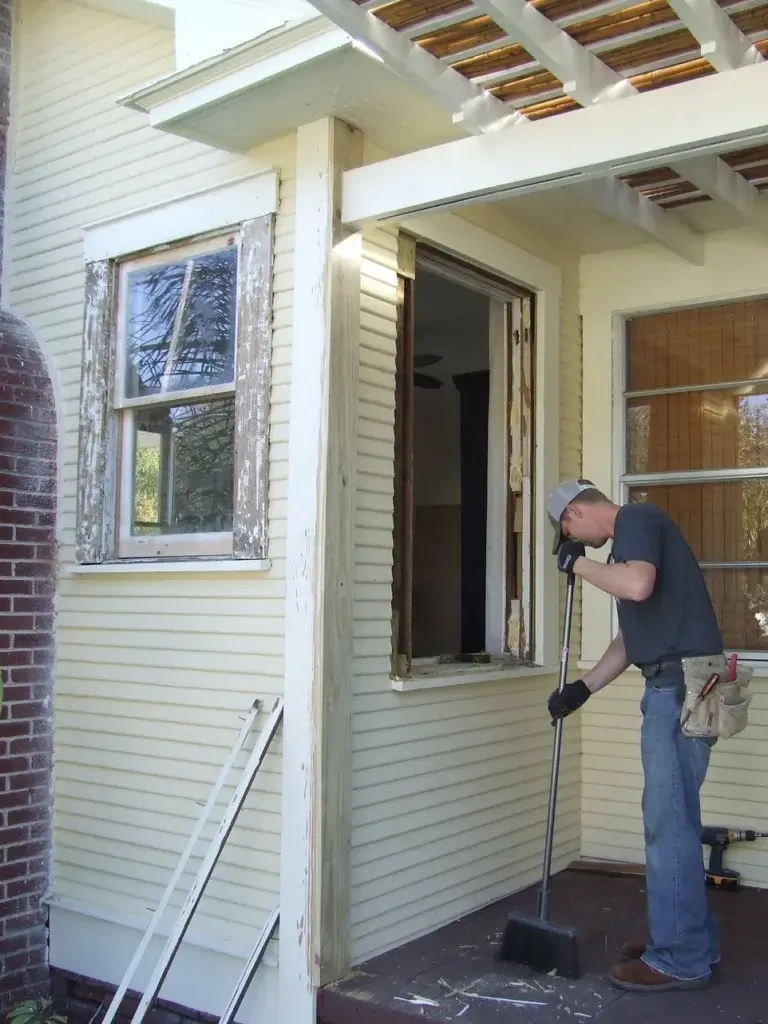

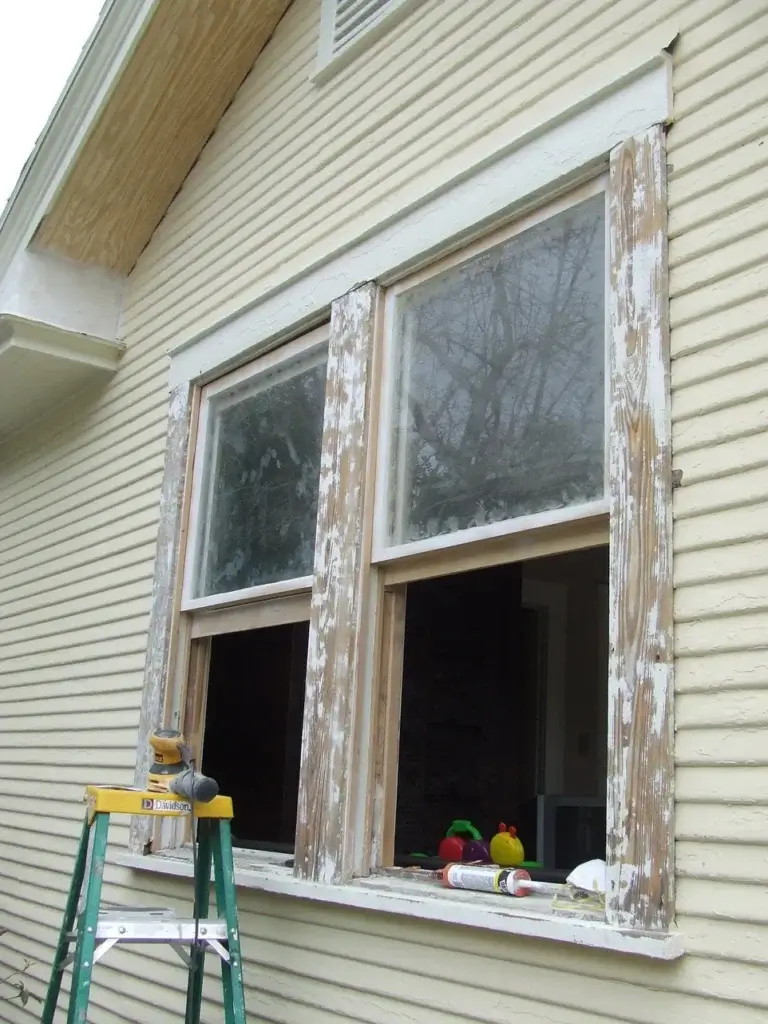
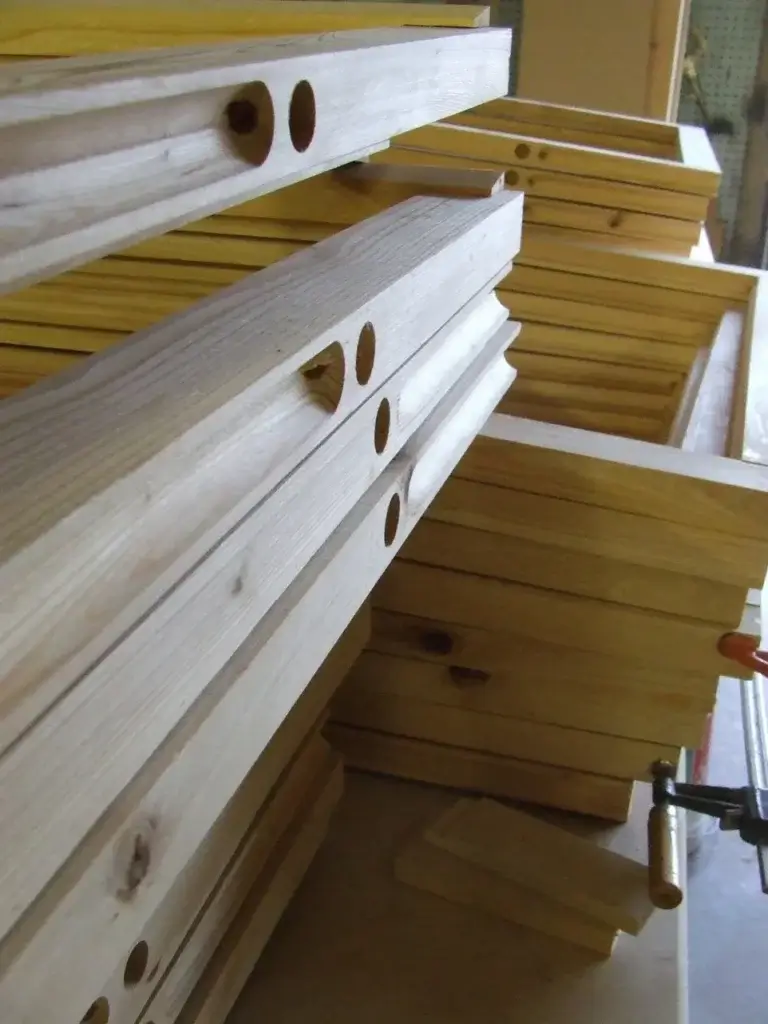
And indeed this is what I did many years ago, with a client’s promise to finish theirs. We had the conversation before we even started, that they’d need to hire a painter to finish the windows. Months later it still wasn’t done.
Before this unfortunate event, a year or two prior I was repairing and restoring windows for a different client of equal caliber. I was willing, but I didn’t know how to paint, really. I just assumed I would find a painter to help paint the windows I just restored, and I did. And he did help – kinda. He came to me much sooner than I expected to jubilantly proclaim, “I’m done!” to which I puzzled through in my perplexed mind, intuitively knowing it hadn’t been nearly long enough. So upon inspection I found out why. He’d only painted the insides! So I went to him with a question to find out why, to which he boldly stated, “I only paint the interior of windows.” Well no wonder he finished so fast! What about the glazing? What about protecting them from the elements? Nope. Only the inside. And the price he gave me? Only for the inside. Clearly a miscommunication on my part. Clearly an opportunity for me to learn something, to gain some wisdom. It was my introduction to the suspicion that I might have to be the one to protect my own work, because clearly I was an artisan working with mercenaries. And I didn’t know any better. This is what influenced my conversation with the aforementioned client above – who promised to paint their windows but didn’t. I’m sure I told them this story and encouraged them to make sure their painter painted both inside and the outside of the window.


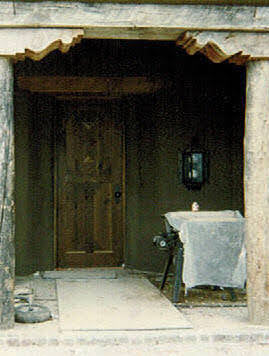
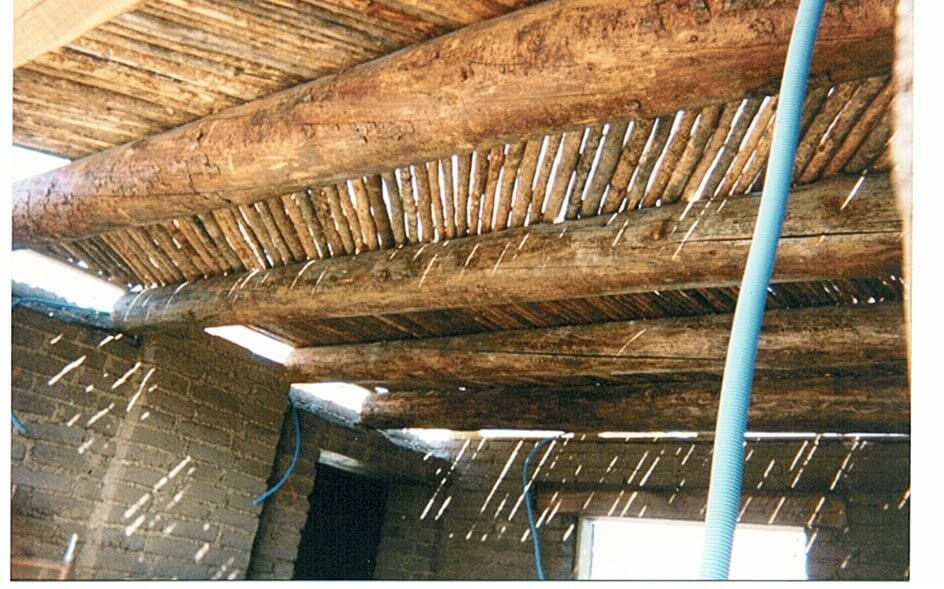


When I was growing up as a young carpenter in San Antonio, Texas, I’d become accustomed to working alongside painters who would call on us to help keep their project progressing. They’d be working in the more well to do historic districts of San Antonio and would bring us problems of all sorts, from rotting siding, trim boards, window sashes, soffits, rafter tails, problems they found as they did their prep. We’d set up, make the repairs and keep the painters moving. Back then we called it cosmetic repair. The idea of historic preservation hadn’t yet even entered my mind, although that’s what we were doing. I hear stories of people now who call themselves “preservation carpenter,” although I’ve never met one I don’t think. I don’t see how that is any different than an Artisan Carpenter, actually.
Later that’s the way it was at George Strait, the country singer’s new adobe mansion we built in San Antonio, Texas, albeit on a higher level. As the lead carpenter on the project I performed all the woodworking from framing roofs and building decorative ceiling patterns, to hanging all the doors and windows, closet shelving, cabinets – everything. And every step of the way there was someone finishing and protecting my completed work behind me. Carpenters and Painters worked side by side, supporting one another.
Then I went into the ministry for six years, which is a book all to itself and an amazing part of my life. I left San Antonio in 1997 and headed to Temple Terrace, Florida to become a preacher and spent four years getting a bachelor’s degree in Biblical Studies. I met my beautiful wife there and when I graduated, we moved Fort Worth, Texas to preach the Word, teach Bible classes and lead small groups. Things changed though. Lets just say we had a difference of opinion on some doctrinal issues and the leadership helped me find my calling elsewhere. I ended up leaving the ministry in Fort Worth, moving back to a small apartment in Temple Terrace and started over.
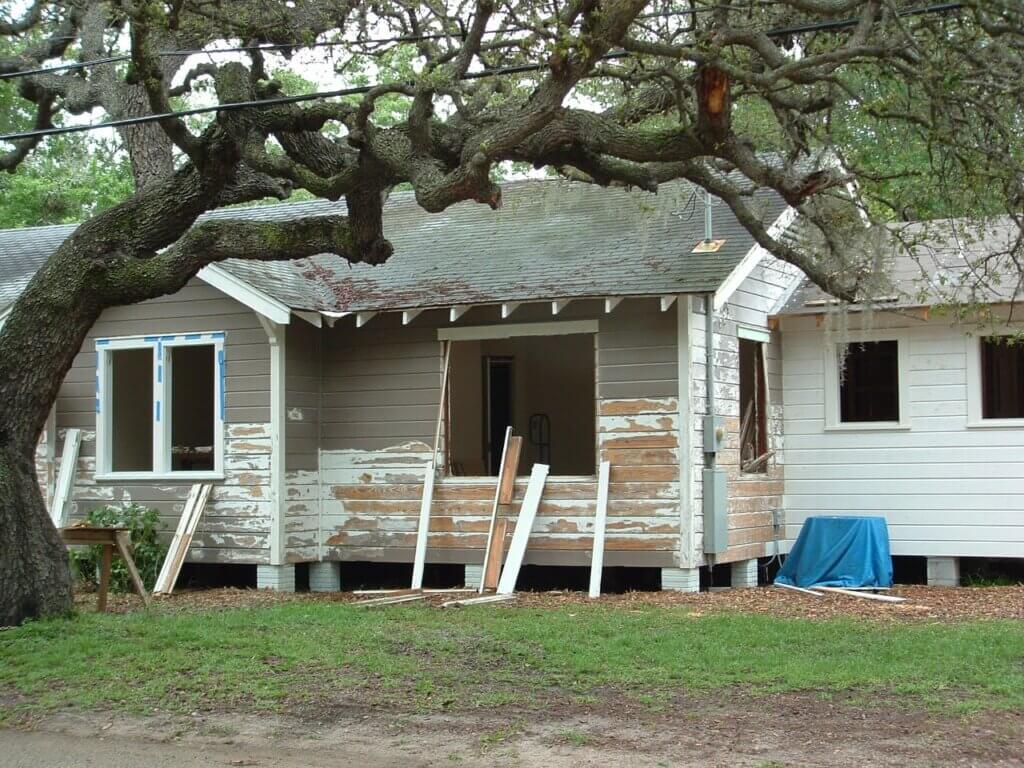
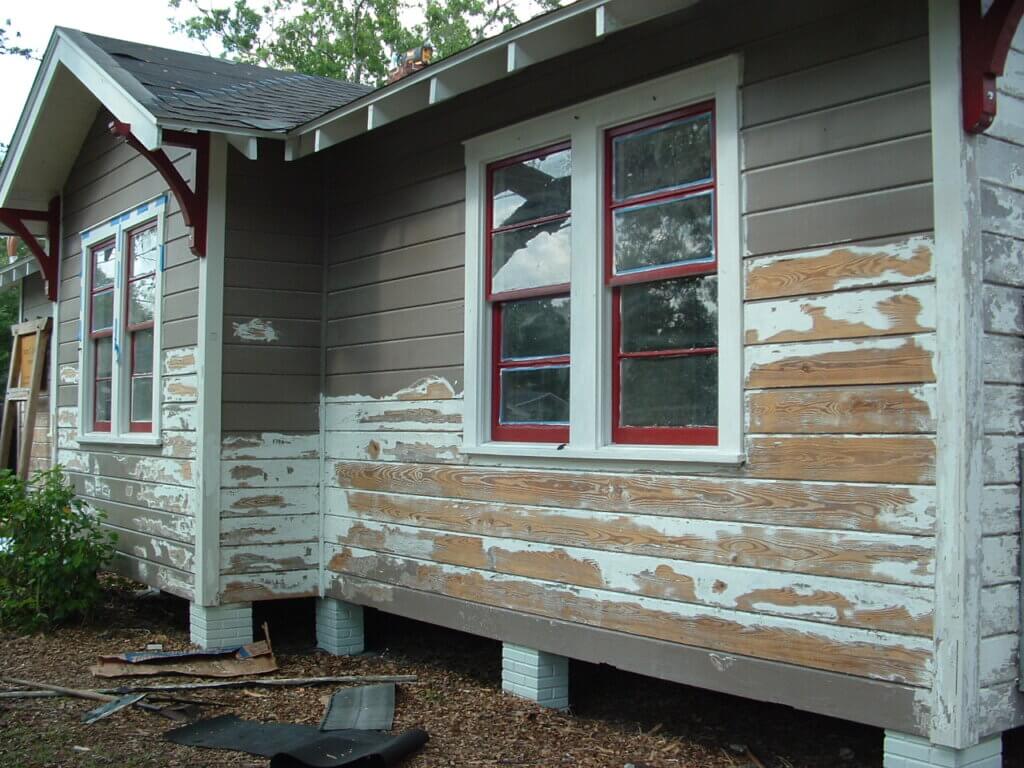
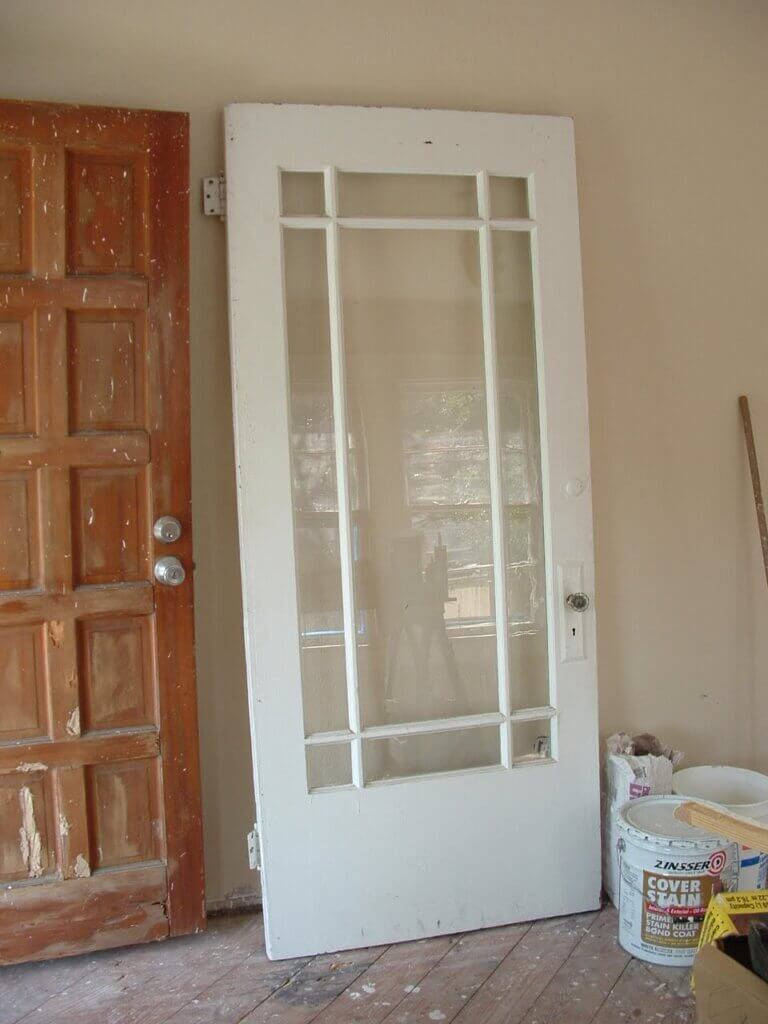
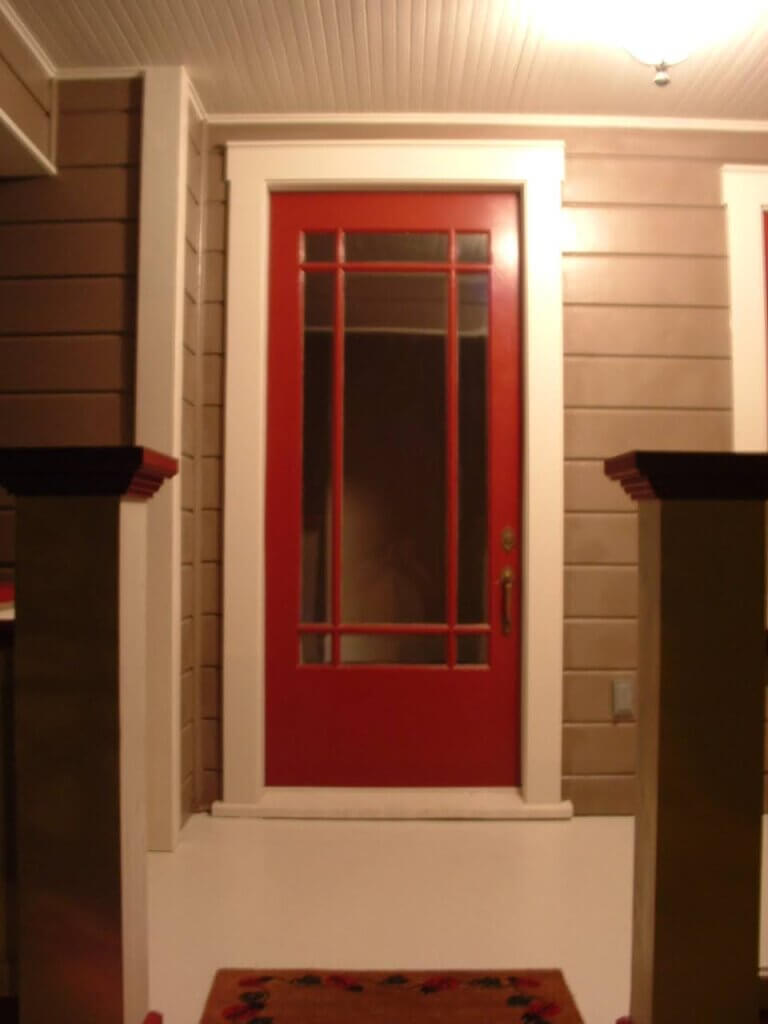
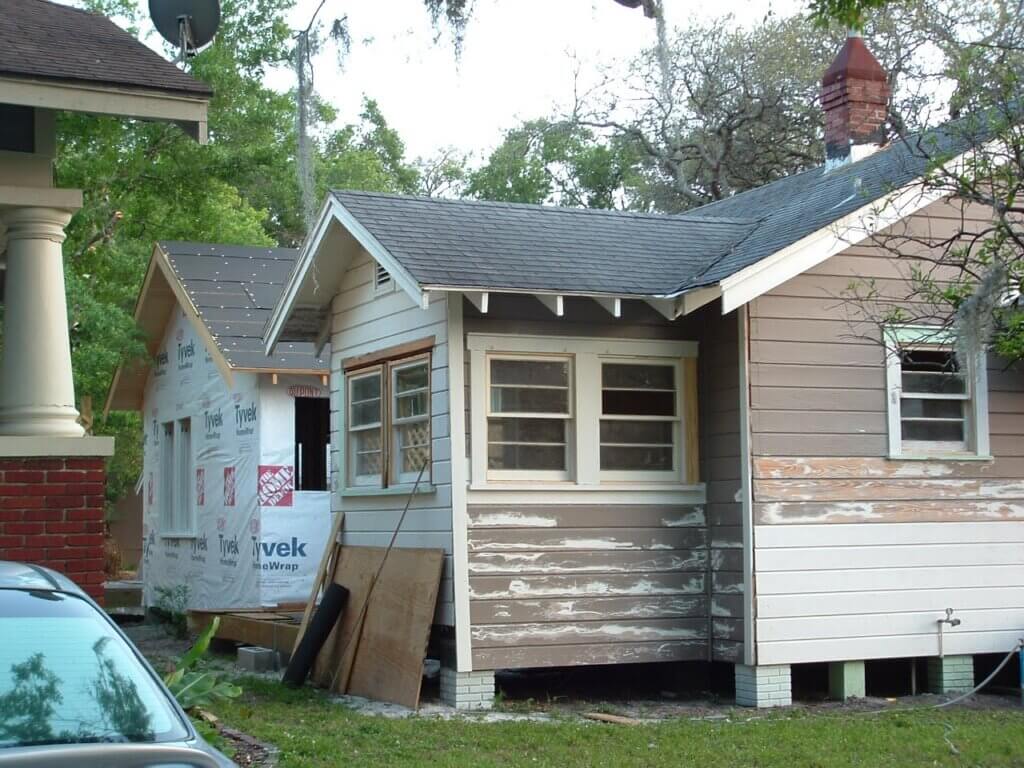

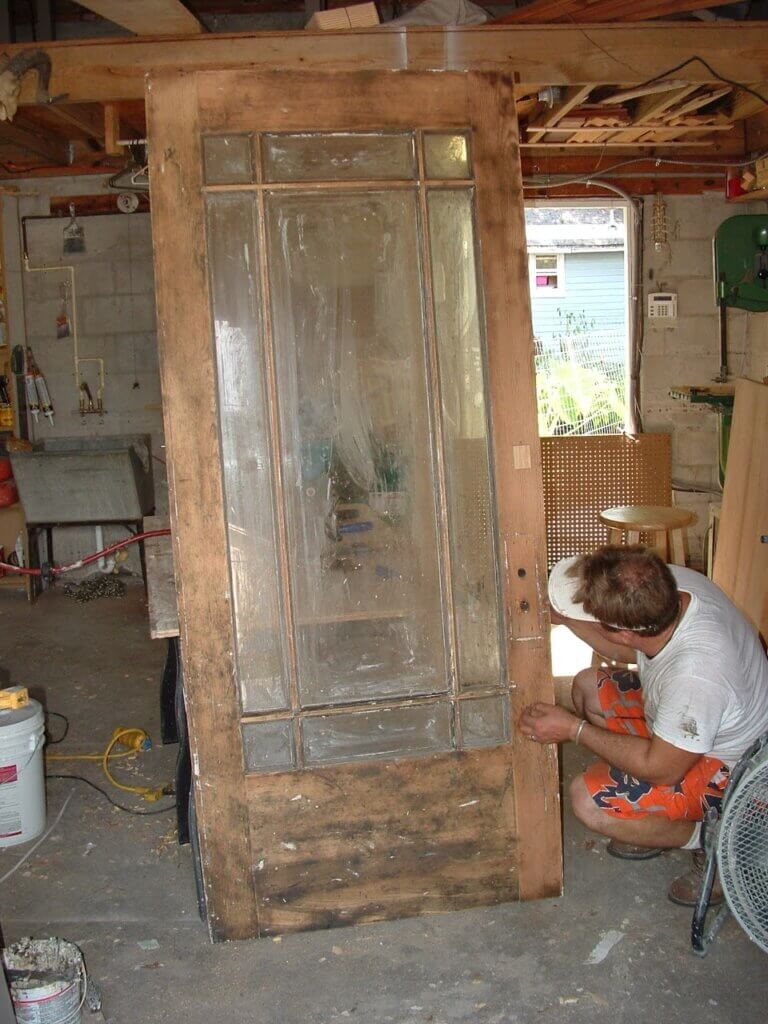
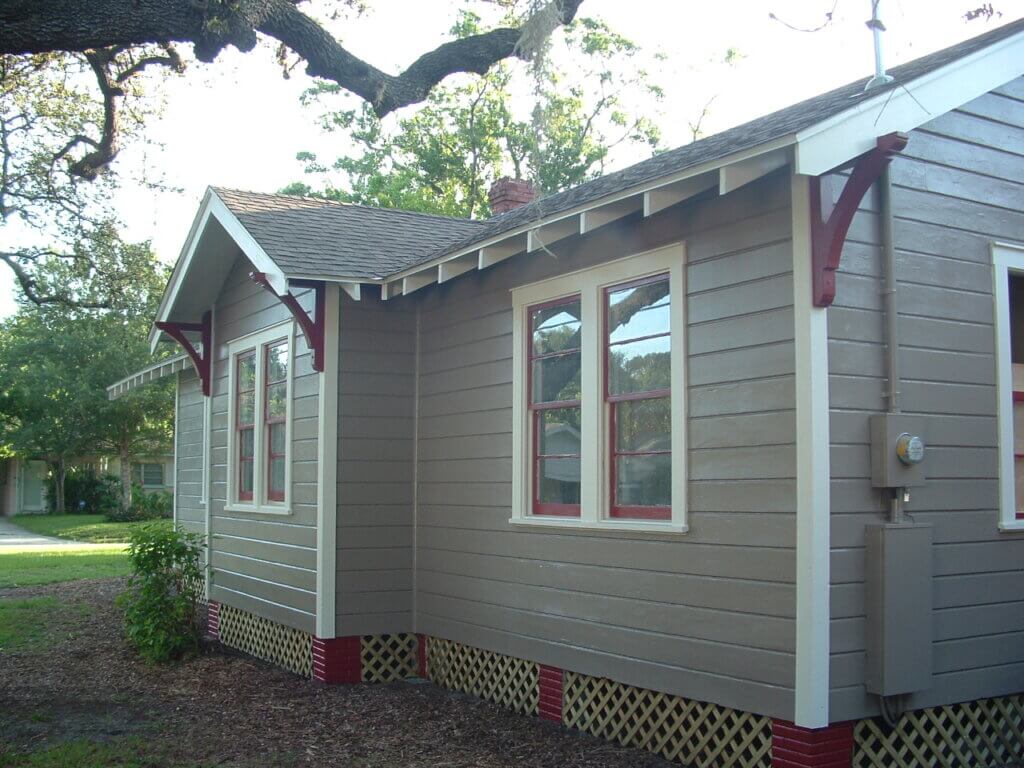

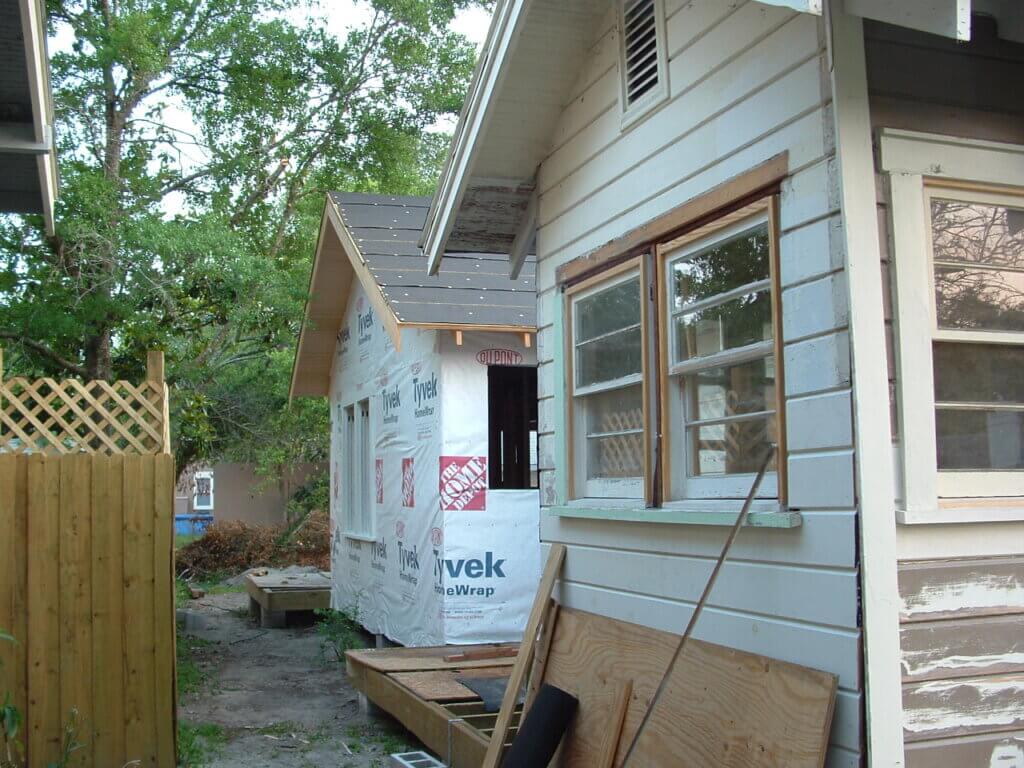

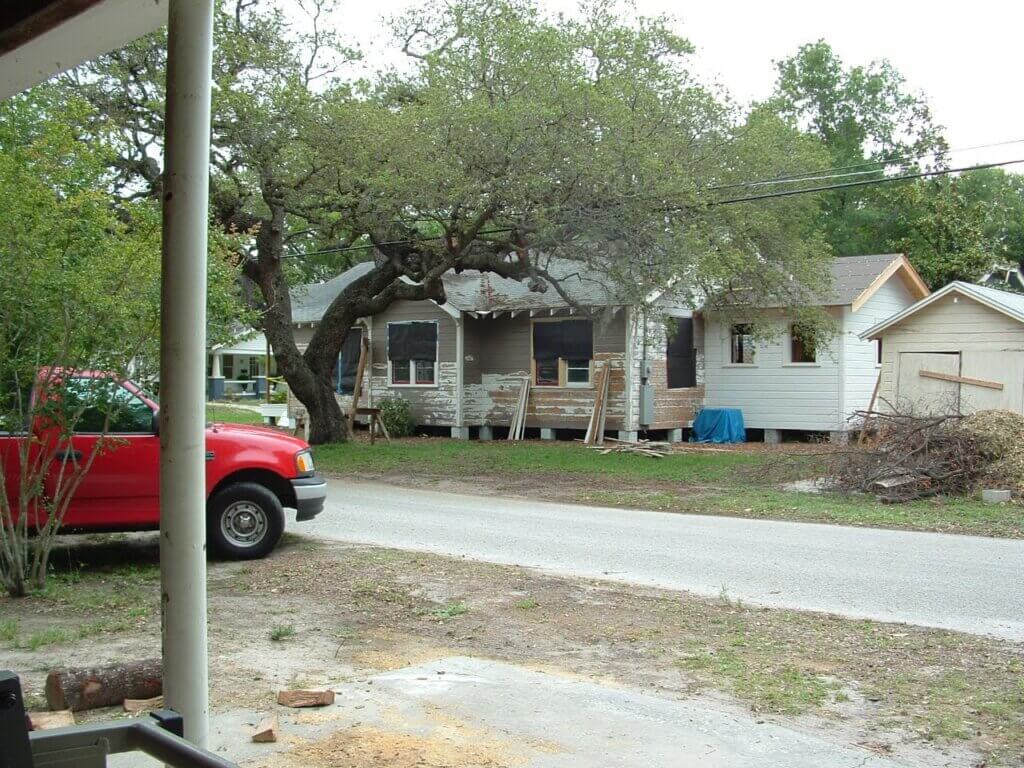
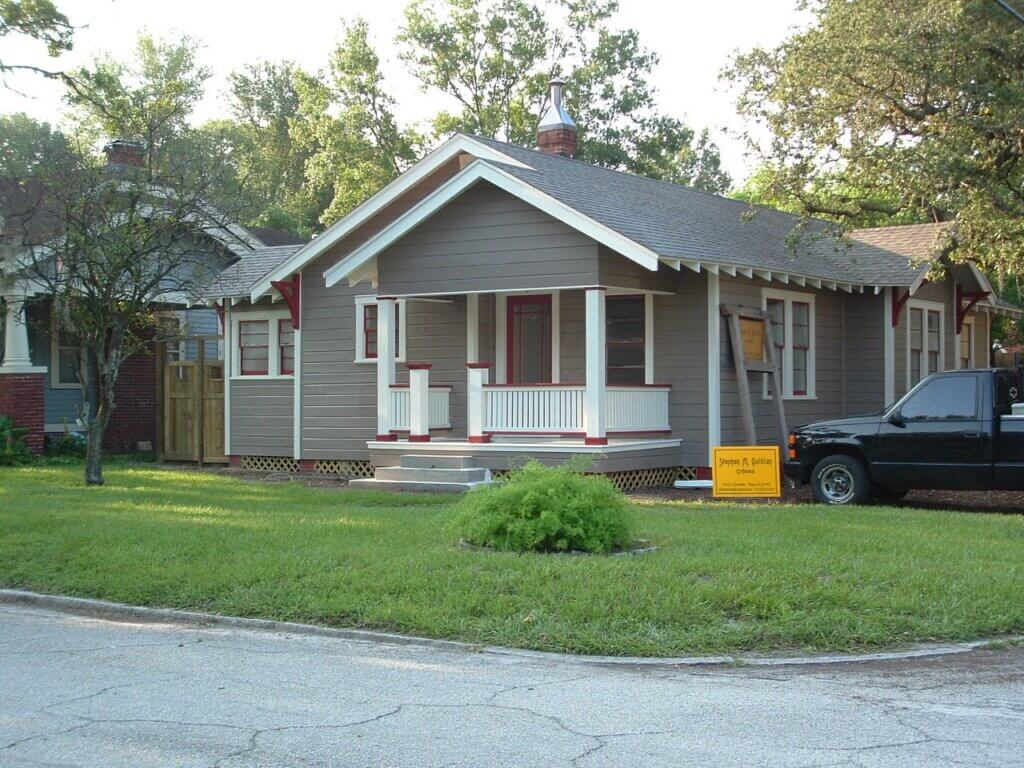
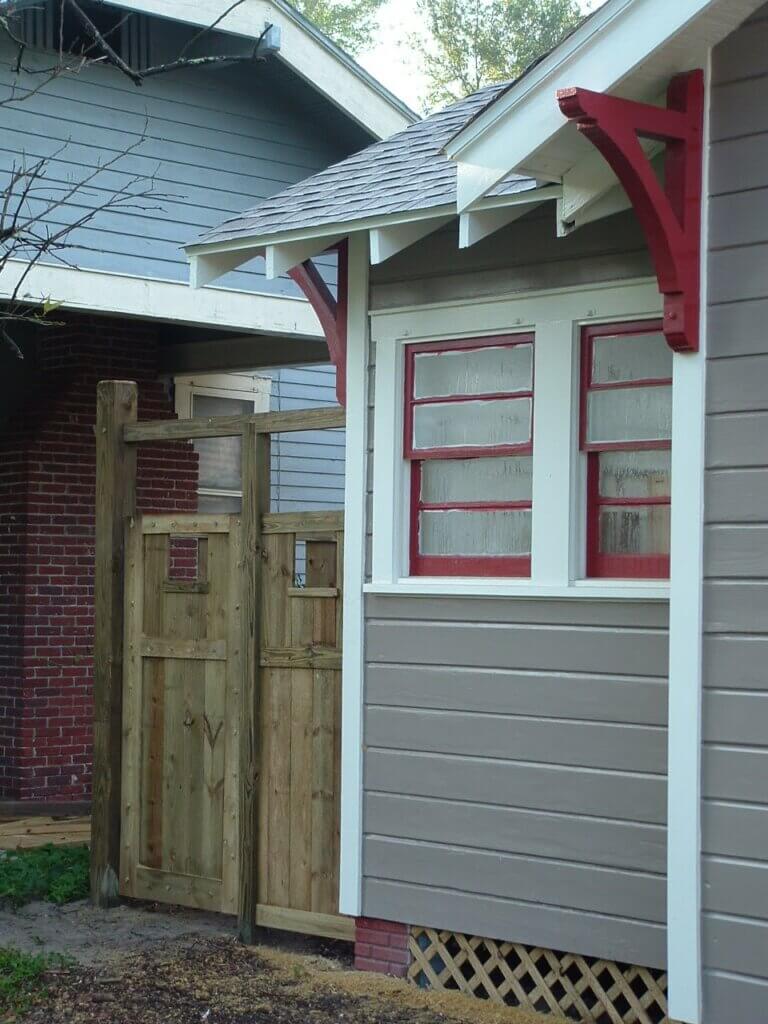
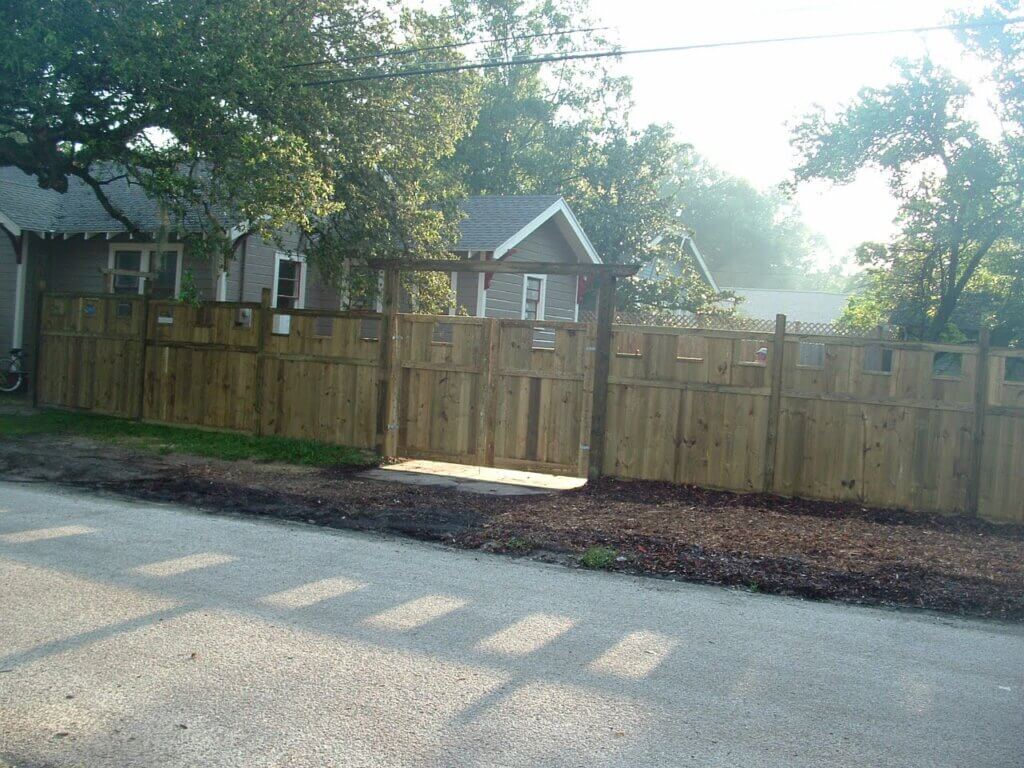
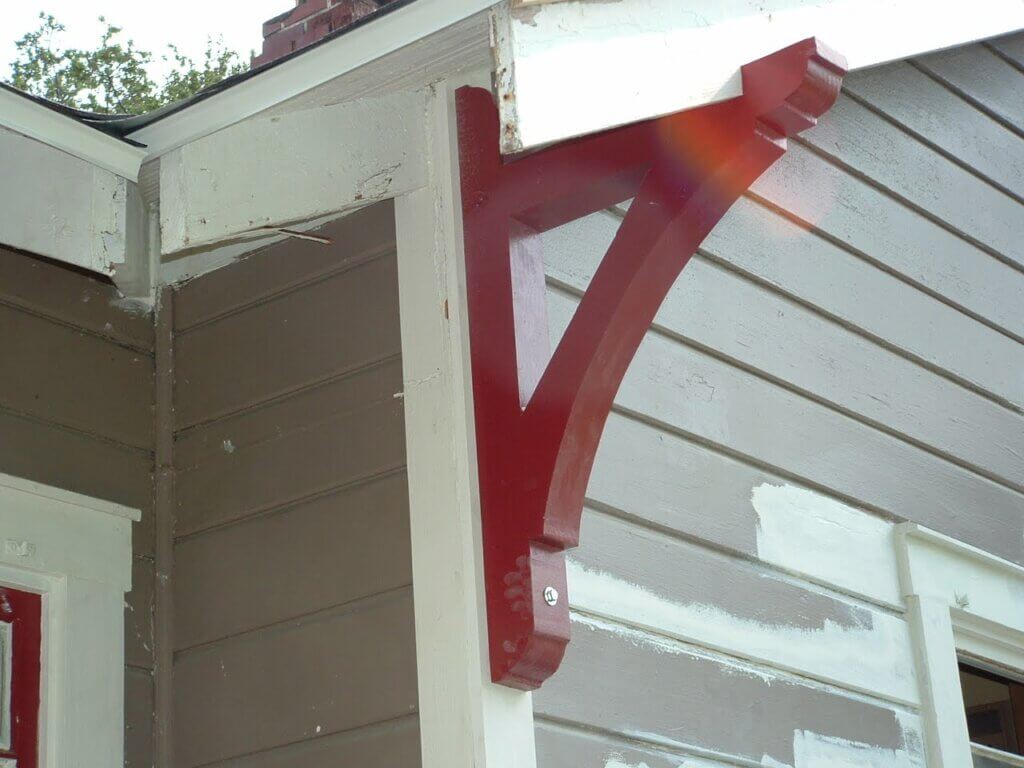
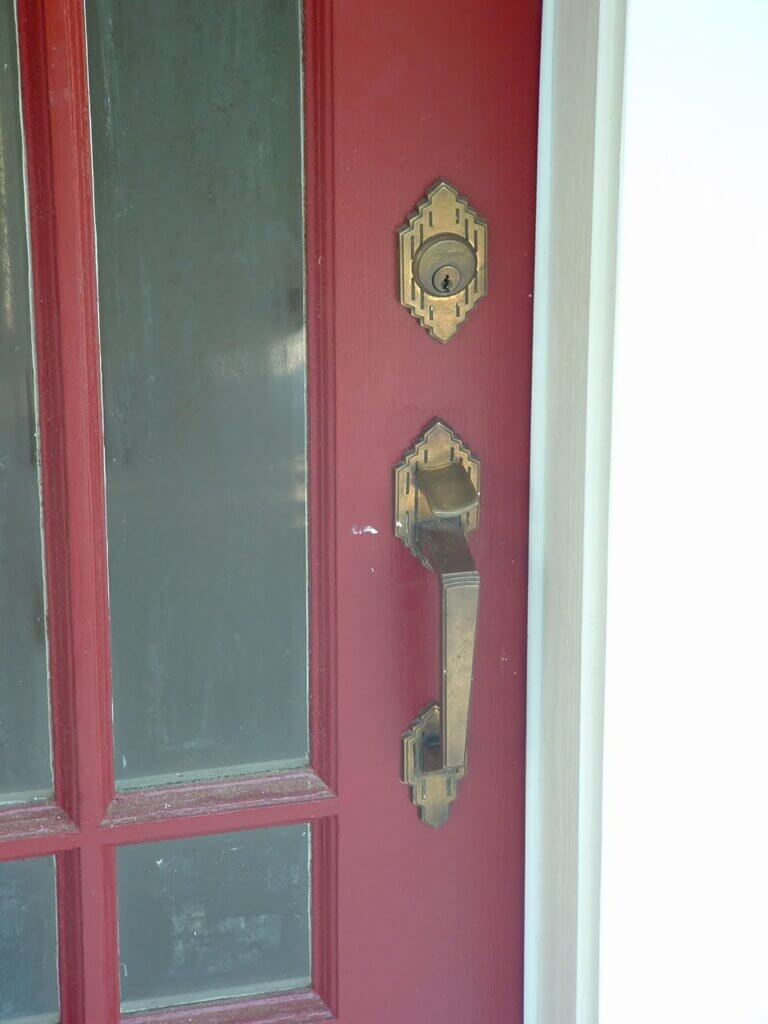



When I landed again in a different part of the country, basically Tampa, Florida, things were different. I was different. I wasn’t in Texas anymore. I didn’t know doing old wood windows would become my thing. I had messed with a couple in San Antonio – they were a part of the culture, part of the expectation, and so thought nothing of it. So I picked up in Tampa, basically the way I would have back home in San Antonio. Fortunately through my stint in the ministry I never sold my tools – advice my dad gave me before I left the first time. Nobody knew who I was so I had to start from ground zero, but I eventually worked myself into a situation where I got to show everyone what I was capable of. It was a house in a historic district known as Seminole Heights. I completely restored the entire thing, top to bottom, added a master bathroom, extended the master bedroom, restored all the doors using the original ball tip hinges and mortise locks. I found an old door at Habitat for Humanity for $75, restored it, installed an awesome antique and totally functional and keyed mortise lock I sourced and hand picked from an architectural salvage place nearby. No Home Depot anything. No cylinder lock in sight. I built decks all the way around it, built custom, arched gable brackets for the eaves, a custom fence, and of course I restored all the windows. That house sold for more per square foot than any other house in the neighborhood up until that time.
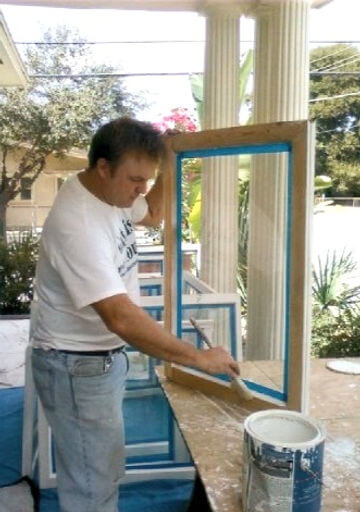
When I started restoring wood windows as a profession in Tampa, Florida, I fully expected, based on my prior experience, that I’d be able to find someone to help me paint and finish. It has rarely happened. I have had a few good mercenaries come through, but nobody who was really motivated to explore potential and possibilities with me. The one painter I found to help me only painted windows on the inside. I made sashes for a client to bring their house back to what it had been formerly (before someone in history decided that aluminum jalousie windows would be the thing to do). They promised me they would find a painter who would paint my work. After all, I was a carpenter, not a painter, but they didn’t find one. I ended going back months later to paint them myself.
That’s about the time I decided that I would have to be responsible for painting and protecting all my own stuff in house. Someone has to be responsible for the painting. Is the carpenter who restores the function to the windows responsible for the painting? Is the client who pays the carpenter responsible for the painting? Who is going to be responsible for the painting? Are we to just leave the work, unattended and alone, subject to the forces of nature, to decay and demise, as is nature’s way?
So I took on the task of painting my own work and have been at it ever since. And my business, which was at one time 80% carpentry and 20% painting, flipped. It became 80% painting and 20% carpentry. I’ve known this fact for quite some time, but it is only now that I, as I write, am having an epiphany, that although in my mind I was looking for someone like myself, an Artisan Carpenter, I should actually be focusing more on looking for painters and training them to be Artisan Painters, and that I should have four painters to every carpenter. But these painters will have to be trained, as our culture now has trained “painters” to be blue tape magicians and sorcerers with the spray gun, very unlike the Artisan Painters of a hundred years ago.
Here’s what the Artisan Painters I seek to hire (perpetual students of both exterior and interior woodwork protection, beautification and finish) will be trained in and should be working toward mastering….
- Protect client’s property from the dirty processes inherent in stripping old paint, paint prep and painting.
- Take a window apart and put it back together neatly.
- Change and reattach ropes
- Remove and reinstall hardware
- Identify and safely remove old failing and potentially lead based paint.
- Prep freshly exposed surfaces of old dry wood for paint.
- Use epoxy to make wood repairs
- Refresh tired old wood with oils
- Understand applying the uses of oil based primer
- Remove old and reinstall new glazing putty
- Remove and reinstall historic wavy glass
- Cut glass to replace broken panes
- Seal the glass with paint by hand so that it sheds water.
- Clean glass
- Know when to call on a carpenter to keep the project moving
- Know how to distinguish between an Artisan Carpenter and a mercenary carpenter
- Work together with carpenters to achieve the goal of high performance, beautiful windows
- Finish the window
If being an Artisan Painter interests you, this training is something you are willing to undergo, and you are interested in a long term commitment, inquire within. There work to help with.

